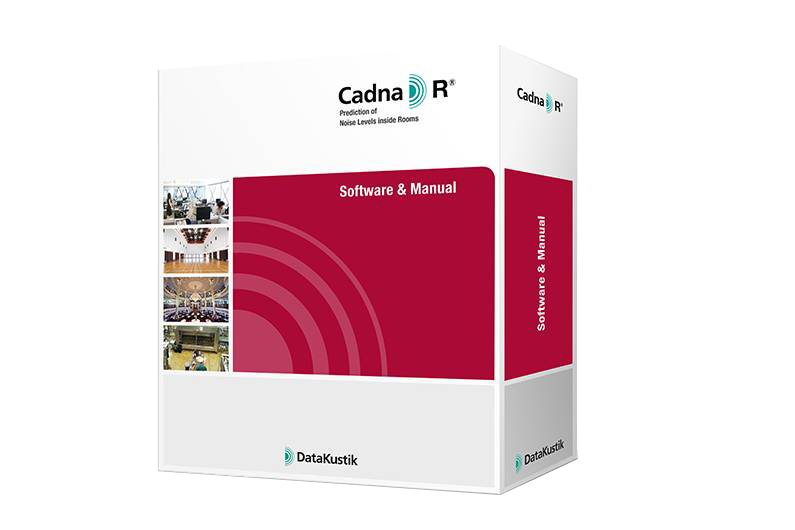Description of rooms
In simple cases, rooms are modeled using cubic shapes. Rooms with a more complex shape can be defined through the use of screens. The effect of noise control solutions can then be analyzed by applying absorbent materials with various acoustic characteristics, either on entire walls or partial surfaces.
The software makes it easy to model obstacles such as machines, desks and other furniture. These items are taken into account when considering phenomena such as screening, diffraction, reflection, and diffusion.
The absorption level of objects in a room (walls and obstacles) can be selected from a library of absorption coefficients, which is provided as standard. The library contains more than 700 absorption coefficient spectra, according to ISO 354 (in octave or third-octave bands). Users can add to the library if desired.


















